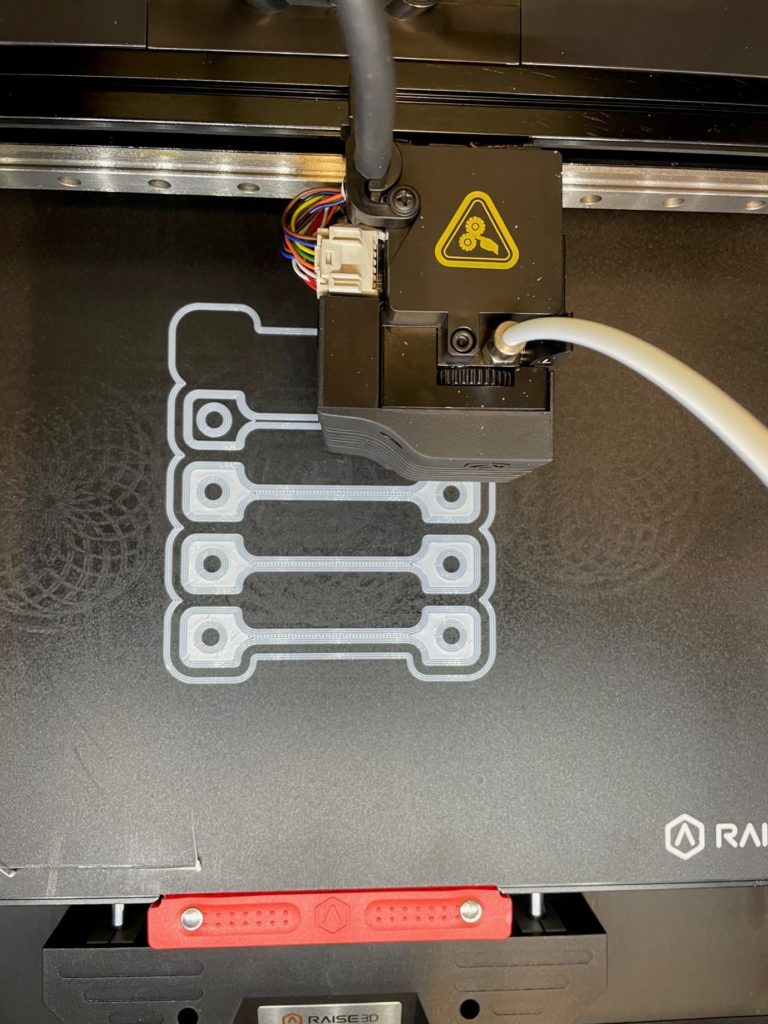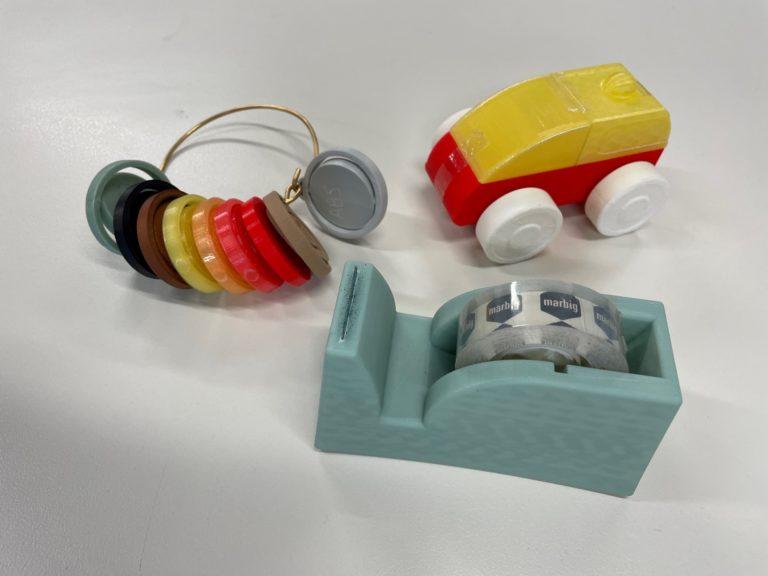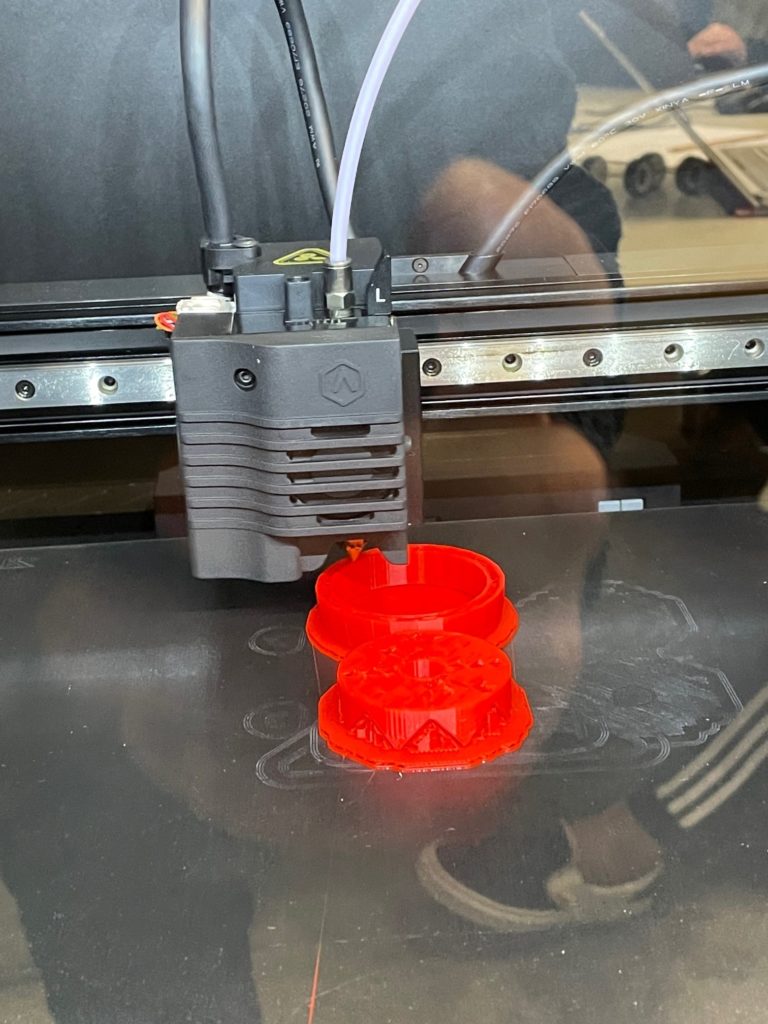Why should I study Advanced Engineering?
The Advanced Engineering program is designed to support the interests of those students wanting to learn about 2D and 3D design systems and processes. The skills covered in this subject will suit those who are interested in 3D printing, product design and engineering. Students will model 3D designs on Fusion 360 (computer-aided design) and prototype, test and produce products using a suite of technologies, including 3D printing, laser cutting and computer-aided manufacture (CAM) technologies such as CNC mills.
Where does Advanced Engineering lead?
This subject is part of the Engineering and Construction Program and will support students looking to develop their technical skills ready for an apprenticeship. This program will also suit any student interesting in a career in design, engineering, architecture and technology.
What work will I do in Advanced Engineering?
Potential design projects could include prosthetic hand/fingers, accessibility solutions such as phone holders or bike levers, or mechanical devices related to their industry pathway (eg engineering, electrotechnology, construction).
Students will have the opportunity to work collaboratively with external agencies and businesses to explore ideas and solutions and design solutions for real-world problems.
What do other students think about Advanced Engineering?
I learned how to use computer-aided drawing software and how to produce technical drawings. I am now able to design and make complex products. I have learned something completely new and very practical, and really enjoyed making my ideas into reality.
It has been great making my ideas become reality, and having something I can physically touch and use. I have enjoyed learning how to use the software and 3D printers.
Where can I find more information about Advanced Engineering?
For more detail about content and assessment, view the course information:
- Stage 1 (Year 11)
- Stage 2 (Year 12)







